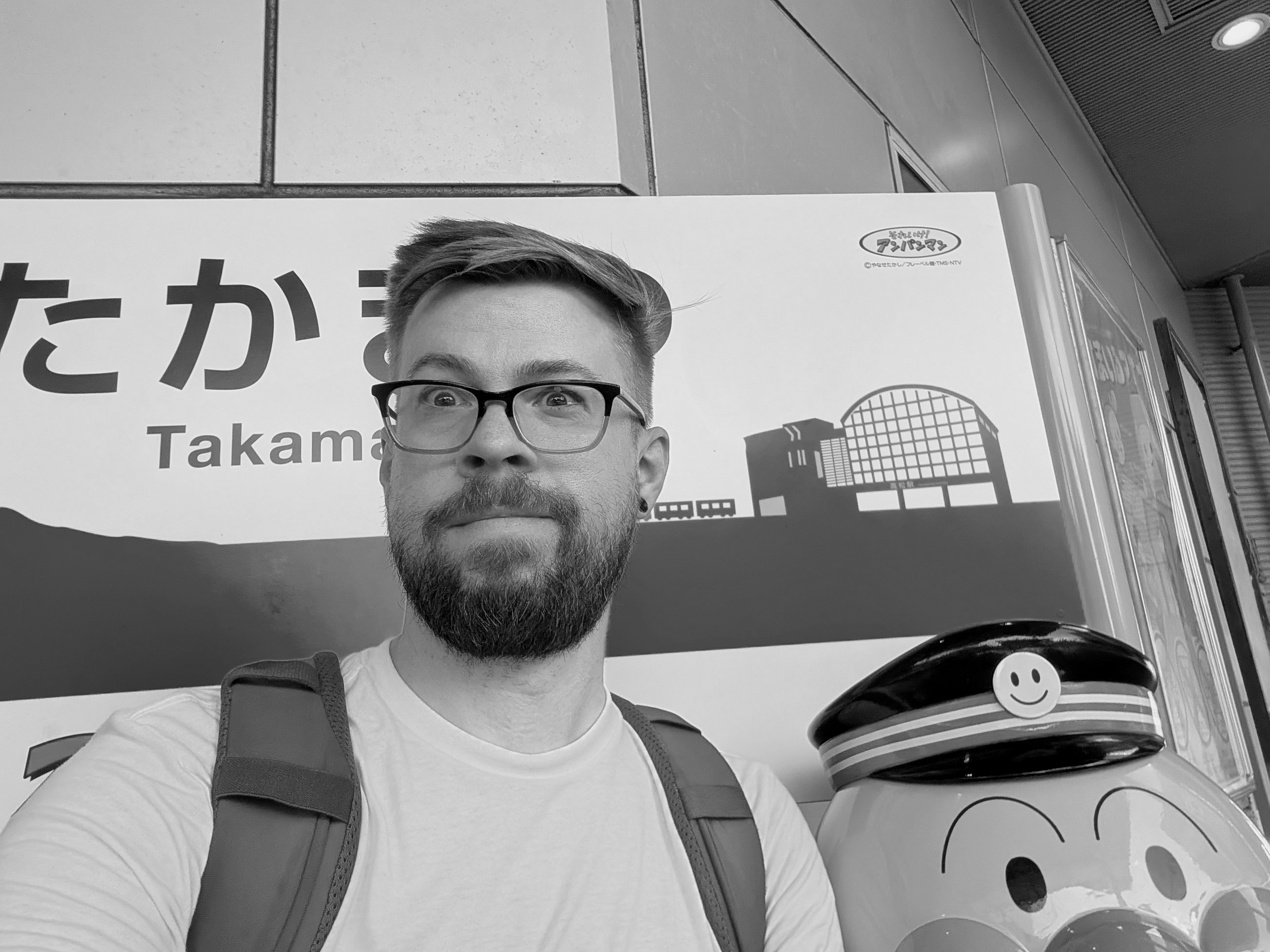2 minutes
Osaka to Bando, Day 1 of 8
Finding Joy in the Journey and Embracing Japanese Culture
“And I urge you to please notice when you are happy, and exclaim or murmur or think at some point, ‘If this isn’t nice, I don’t know what is.’”
–Kurt Vonnegut

As I embark on a long journey from Osaka to Bando via four different trains and multiple hours of travel time, I can’t help but be reminded of this poignant quote. Gazing out the window at the rural Japanese countryside flying by, it becomes abundantly clear how Hayao Miyazaki1 found his inspiration for his films. In this moment, if this isn’t nice, I don’t know what is.
Upon arriving at my ryokan,2 I am filled with delight as I experience the charm of tatami mats3 and futons4 for the first time. Dressing in a yukata5 for dinner only adds to the authenticity of this cultural immersion, despite the heat wave currently engulfing Japan. Thankfully, forecasts predict a cool-down next week, perfectly timed for my trip’s conclusion.

My first meal at the ryokan was truly amazing way to start my tour, although there were a few fishy foods that I couldn’t quite stomach due to personal preference and a weak appetite. This often happens when I travel internationally, but after a few days my appetite returns. Instead, it simply added another layer of adventure to my culinary experience in Japan.
Embracing the beauty and joy found within each moment during my journey has been an enriching experience. From the breathtaking landscapes to the warm hospitality at my ryokan, I am already grateful for these memories and excited for what tomorrow will bring.
-
Hayao Miyazaki is a Japanese animator, filmmaker, and manga artist. A founder of Studio Ghibli, he has attained international acclaim as a masterful storyteller and creator of Japanese animated feature films, and is widely regarded as one of the most accomplished filmmakers in the history of animation. ↩︎
-
a traditional Japanese inn ↩︎
-
traditional Japanese flooring that is eaten and slept on (obviously not directly), but is kept as clean as possible. For this reason you never wear shoes or slippers on them, only bare- or stocking-footed. ↩︎
-
unlike what we think of as a foldable couch, the original Japanese futon is a thin foldable cushion usually found in the closet that you lay out at night and cover with a sheet and duvet. ↩︎
-
a type of lightweight summer kimono that is used as a bathrobe, sleepwear, and for lounging, and found in every Japanese accommodation. ↩︎